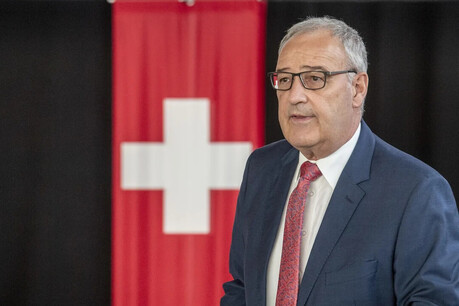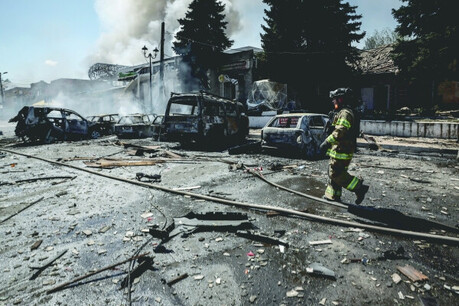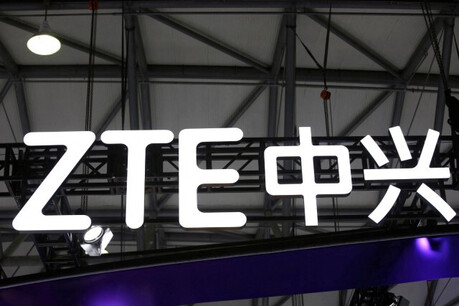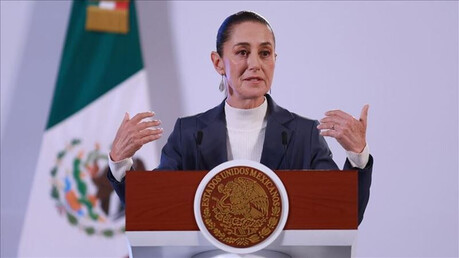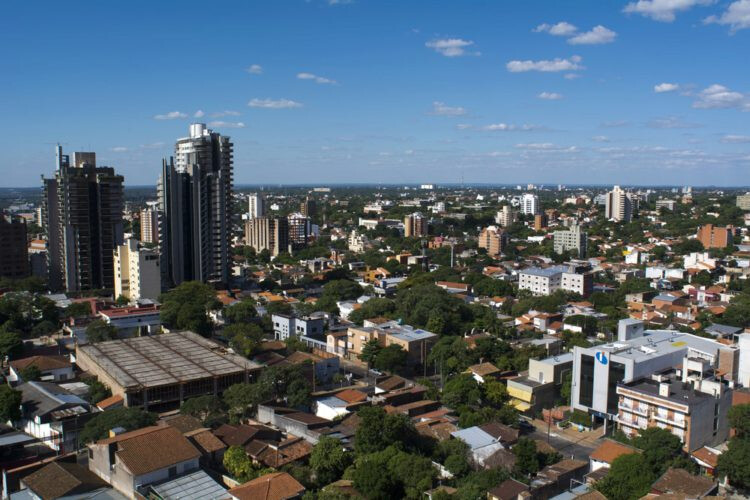
Asunción, Paraguay – Paraguay stands as one of the world's most unequal nations in terms of income and land distribution, a disparity that extends beyond mere economic concerns. Analysts warn that this deep-seated inequality fuels broader social disparities and exclusion across education and healthcare, significantly hindering the formation of crucial human capital – a deficiency that undermines social mobility, suppresses productivity, and ultimately acts as a severe impediment to the nation's overall development.
Compounding this issue is the entrenched nature of this inequality, manifesting as a persistent regional imbalance that concentrates disadvantage in specific areas. While central government initiatives to bridge this regional divide remain largely absent, some research even suggests that existing royalty and compensation distribution mechanisms inadvertently exacerbate these disparities rather than alleviate them.
The recently released 2022-2024 income inequality report by Paraguay's National Institute of Statistics (INE) paints a concerning picture. The Gini coefficient, a key indicator of economic inequality, has stagnated at approximately 0.440 over the past three years. Alarmingly, the report reveals a widening gap between rural and urban areas, with the Gini coefficient increasing in rural regions while slightly decreasing in urban centers, signifying a deepening regional imbalance. A higher Gini coefficient indicates greater income inequality.
The INE report identifies Caaguazú and Canindeyú as the states consistently exhibiting the highest levels of income inequality over the analyzed period. San Pedro and Presidente Hayes also recorded significant inequality in certain years. In contrast, Cordillera, Paraguarí, and Central were classified as having relatively lower levels of inequality. Boquerón and Alto Paraguay were excluded from this particular analysis.
The report underscores the strong correlation between economic inequality and adverse social conditions. An analysis of the 'Unmet Basic Needs' (NBI) indicator, which measures the proportion of households lacking access to essential necessities, reveals a national average NBI fulfillment rate of 28.1%. However, regions plagued by high income inequality consistently demonstrate alarmingly low NBI fulfillment rates. Notably, Presidente Hayes, despite its proximity to the capital Asunción, registered a staggering NBI fulfillment rate of 58.2%, starkly contrasting with Asunción's 17.4%. This highlights the severe disparities in access to basic necessities across different regions.
A particularly troubling finding is the elevated NBI in the education sector within regions experiencing high income inequality. This clearly illustrates how exclusion from education is intrinsically linked to limited social opportunities and reduced social mobility, creating a vicious cycle that further entrenches inequality.
Despite the clear impediment that severe inequality, including regional imbalances, poses to Paraguay's sustainable economic growth and development, critics argue that it remains inadequately addressed in political discourse and public policy priorities. The issue of regional disparity, in particular, receives scant attention.
Without concerted efforts to tackle inequality, Paraguay risks remaining trapped in a cycle of low growth, with limited job creation and minimal poverty reduction. Existing empirical research strongly suggests that high levels of inequality trigger low-growth traps while simultaneously exacerbating various forms of social and economic disparities.
Regional imbalances not only diminish the quality of life for residents in disadvantaged areas but also negatively impact the capital and other major urban centers by fueling migration patterns that strain their capacity to meet increasing service demands. Over the past two decades, the population of the Central Department has surged by 40%, from 1.33 million to 1.9 million. This rapid growth presents a significant challenge for Paraguay, where the pace of public service expenditure and efficiency improvements struggles to keep up with the burgeoning population.
In conclusion, Paraguay's persistent regional inequality requires targeted policy interventions with clearly defined objectives to be effectively addressed. National development plans must recognize this regional imbalance, alongside other forms of inequality, as a fundamental structural obstacle to national progress and incorporate concrete strategies for its mitigation. Failure to do so will perpetuate the cycle of uneven development and hinder Paraguay's potential for inclusive and sustainable growth.
[Copyright (c) Global Economic Times. All Rights Reserved.]



















